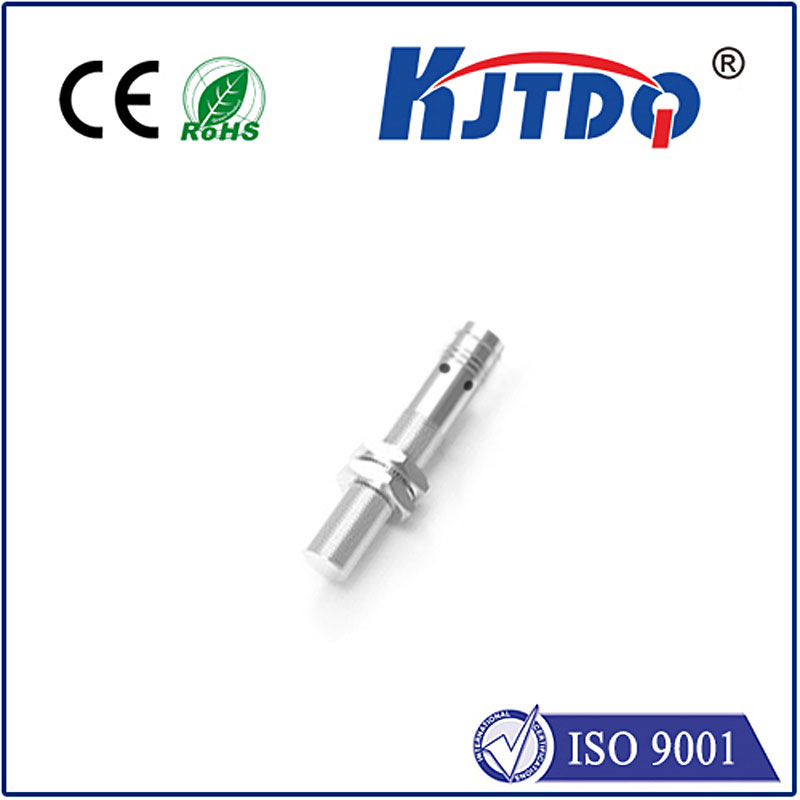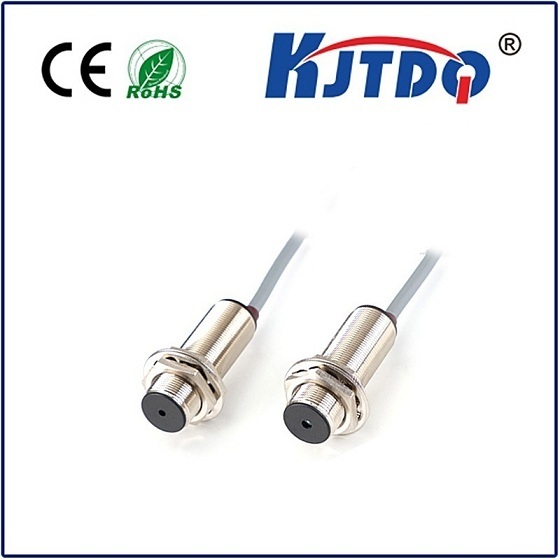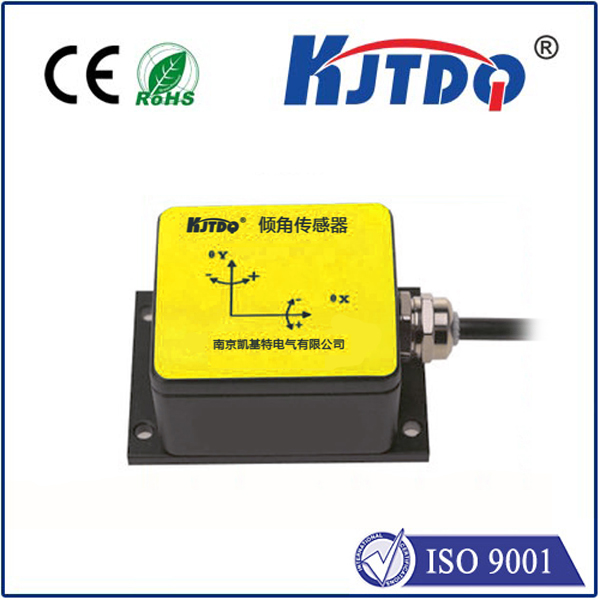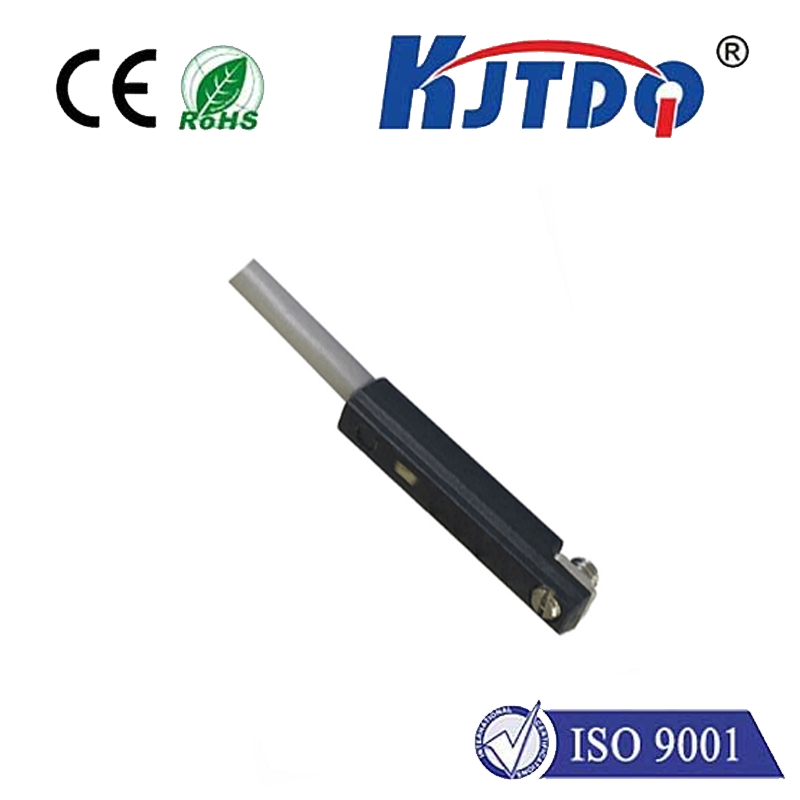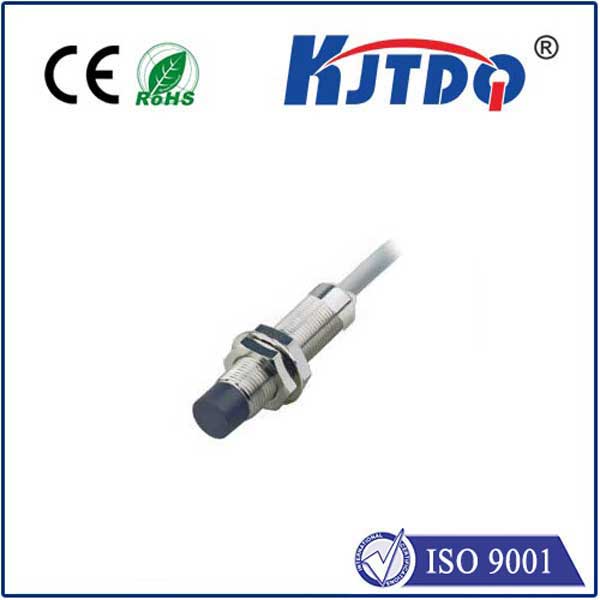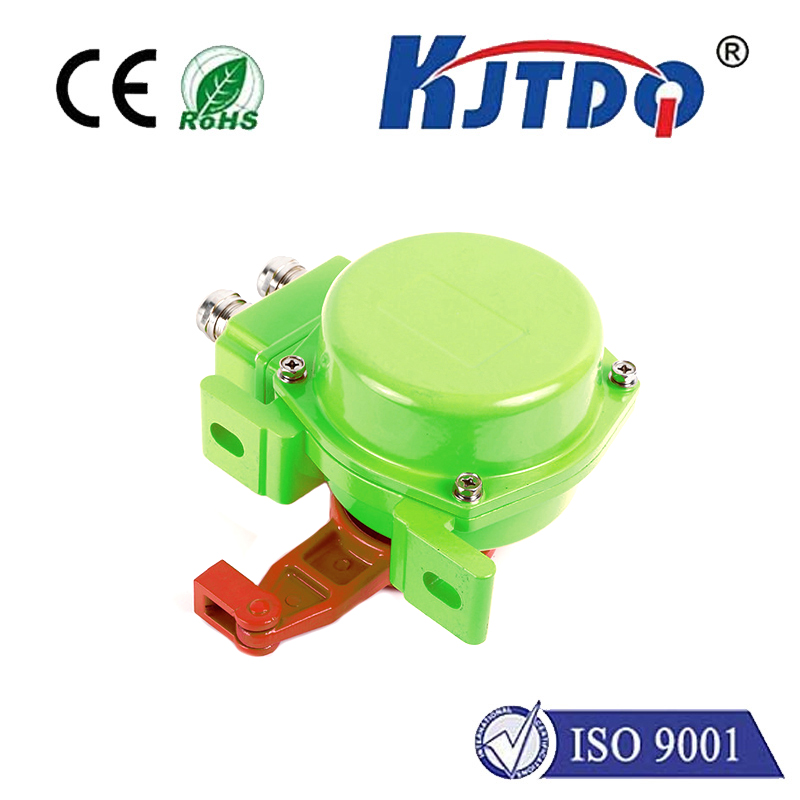

check

check

check

check

check

check

check

check

check

check
Imagine a world where a minor temperature shift can halt production lines, compromise medical treatments, or even endanger lives. Now, picture a tiny device silently monitoring those critical changes, preventing disasters with uncanny accuracy. That’s the power of the matter temperature sensor, a cornerstone of modern technology that transforms how we interact with our environment. These sensors aren’t just gadgets; they’re unsung heroes in industries from healthcare to manufacturing, ensuring stability in an unpredictable world. As global demands for energy efficiency and safety soar, understanding these tools becomes paramount. Let’s delve into their inner workings, explore their diverse applications, and uncover why they’re indispensable in today’s innovation-driven landscape.
At its core, a matter temperature sensor is a device designed to measure the thermal state of physical substances—whether solids, liquids, or gases—converting that data into readable outputs like digital signals. Unlike ambient air sensors, these focus directly on the material’s properties, providing precise readings essential for processes where temperature control is non-negotiable. For instance, in chemistry labs, a slight deviation during an experiment can alter outcomes, making real-time monitoring crucial. This precision stems from advanced microelectronics, where sensors detect thermal energy through resistance changes or infrared radiation. Thermocouples, for example, rely on voltage differences between two metals when heated, while resistance temperature detectors (RTDs) measure electrical resistance variations in materials like platinum. Such diversity allows these sensors to adapt to harsh conditions, from freezing cold storage units to scorching industrial furnaces, without faltering.

How do these sensors actually function? The process begins with a sensing element—often a tiny probe embedded in the matter—that responds to thermal fluctuations. As temperature rises, it triggers measurable changes: in thermistors (a common type), resistance decreases exponentially, signaling a rise in heat. This data is then processed through circuits or microcontrollers, converting it into actionable insights on displays or automated systems. Accuracy is paramount here, with modern sensors boasting tolerances within ±0.1°C, ensuring reliability even in critical scenarios. For instance, in electric vehicle batteries, matter temperature sensors detect overheating risks, preventing fires by triggering cooling mechanisms instantly. This seamless integration into digital networks highlights their evolution—once analog tools, they’re now part of IoT ecosystems, enabling remote monitoring via cloud platforms. Yet, simplicity remains a strength; a basic sensor can be as small as a grain of rice, proving that size doesn’t diminish impact.
The applications of matter temperature sensors span countless domains, making them ubiquitous yet often unnoticed. In manufacturing, they’re vital for quality control—think of automotive production lines where sensors monitor engine components during assembly, ensuring metals don’t warp under heat. Here, even a fraction of a degree matters, as deviations could lead to defective parts costing millions. Healthcare relies heavily on them, too; in MRI machines, sensors track coolant temperatures to prevent overheating, safeguarding patients. Environmental science benefits as well, with sensors deployed in oceans to study climate change impacts on marine life. Closer to home, smart thermostats in residential settings use these devices to optimize heating, cutting energy bills by 20-30%. This versatility underscores their role in sustainability—by enhancing efficiency, they reduce waste and carbon footprints across sectors. As the Fourth Industrial Revolution advances, innovations like AI-driven predictive maintenance further expand their utility, transforming raw data into forecasts that preempt failures.
Remarkably, the benefits extend beyond precision to robust economic and safety gains. Cost-effectiveness is a standout advantage; affordable mass production means even small businesses can deploy sensors for tasks like food storage monitoring, where spoilage prevention saves resources. Reliability is another key perk—unlike earlier models that degraded over time, today’s sensors are built for longevity with materials resistant to corrosion and wear. For example, in renewable energy systems, wind turbines use sensors to monitor gearbox temperatures, minimizing downtime and extending equipment life. Safety enhancements are arguably the most critical; in nuclear plants, sensors detect coolant leaks before they escalate, protecting workers and communities. These attributes collectively drive adoption, with markets projected to grow by over 8% annually as industries prioritize automation. However, challenges persist, such as calibration needs in extreme environments, but ongoing R&D continually refines solutions, pushing boundaries toward smarter, faster devices.
Looking forward, the evolution of matter temperature sensors points to an exciting horizon. Emerging trends include nano-sensors that operate at molecular levels for hypersensitive medical diagnostics, and wireless variants that eliminate wiring hassles in remote locations. Sustainability is also shaping innovation, with biodegradable sensors reducing electronic waste. As 5G and edge computing expand, real-time data analysis will unlock new efficiencies—imagine farms where sensors optimize irrigation based on soil temperatures, boosting crop yields. Ultimately, the journey of matter temperature sensors reflects humanity’s quest for control over the physical world, blending science with practicality. They empower us to not just measure but master our surroundings, fostering progress in ways we’re only beginning to harness.
